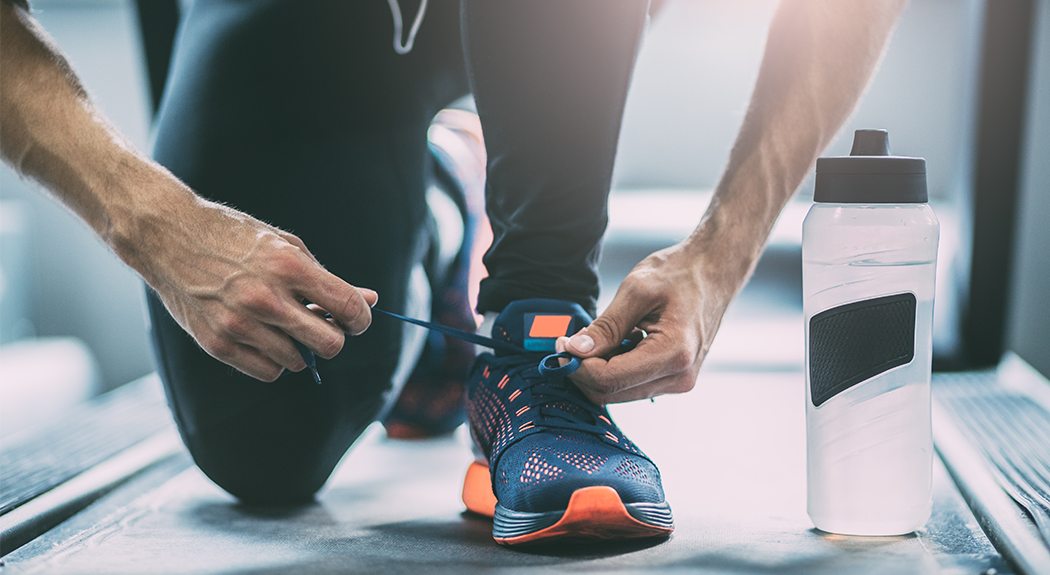I’m often asked for advice in choosing which shoes would be best for running fast, far and without injury. This is a difficult question to answer because so many variables are involved: your running goal, your history of injury, the type of running surface and other factors.
These general guidelines are a great starting point for choosing the right running shoes:
- The shoes should feel comfortable in the store. Don’t expect you’ll be able to “break in” the shoes later.
- Your heel should not slip out of the shoes.
- Your toes should not hit the front of the shoes.
- The shoes should fit your arch type and foot mechanics. Ask for help, if needed.
- The shoes should be light and flexible, but also with a slight degree of stiffness for support and durability.
Most running shoe stores organize the shoes in broad categories, including cushion, lightweight cushion, forefront cushion, motion control and neutral. In recent years another category—minimalist shoes—has developed. Here’s what you should know about each category of running shoes.
Cushion
- Provides heel-to-toe comfort
- Best for heavier runners
- Tends to be heavier
- Good for runners with joint degeneration
Lightweight cushion
- Has thick soles made of lighter weight material
- Newer technology, offers less “feel” for the road but more cushion without the weight
Forefoot cushion
- Has less cushion in the heel relative to the forefoot, which is the opposite of traditional shoes
- Design encourages a foot strike pattern more on the midfoot than the heel
- Adapt to your new gait pattern carefully and gradually
Motion control
- Specially designed with performance elements for stability
- Best for runners with excessive motion in the hind foot
Neutral
- Good for runners without serious biomechanical issues or for use with orthotics
- Less expensive and lighter than other options
Minimalist
- Lighter weight, less heel cushion
- Adapt to these shoes carefully and gradually to avoid injury
I recommend trying on multiple pairs and going with what feels good after walking around the store. Many stores have a treadmill so you can try running in the shoes. Some even allow video analysis to check for stability.
Even after giving shoe selection a lot of thought and research, there’s often an element of trial and error involved. These guidelines can get you running in the right direction to make your selection.
Choosing a place:
- Avoid hard or rough road surfaces. An ideal running surface is flat, smooth, resilient and soft.
- Avoid crowded roads and run against traffic.
- Stay in well-lit areas, including schools and public streets.
Choosing a time:
- Running during daylight is preferable.
- Avoid running if temperatures are above 90 degrees and humidity is high.
Safety tips:
- Carry a cell phone with you.
- Avoid using headphones if you’re running on the street.
 Christina Morganti, MD, is an orthopedic surgeon at Anne Arundel Medical Center and avid long-distance runner. Dr. Morganti ran cross country and track at Brown University, and continues to compete in road races herself and run around cheering on her kids in their races.
Christina Morganti, MD, is an orthopedic surgeon at Anne Arundel Medical Center and avid long-distance runner. Dr. Morganti ran cross country and track at Brown University, and continues to compete in road races herself and run around cheering on her kids in their races.
She has run numerous marathons, including New York, Boston, and the Marine Corps Marathon. You can reach her practice, AAMC Orthopedics at 410-268-8862.
Originally published June 15, 2016. Last updated May 31, 2019.




